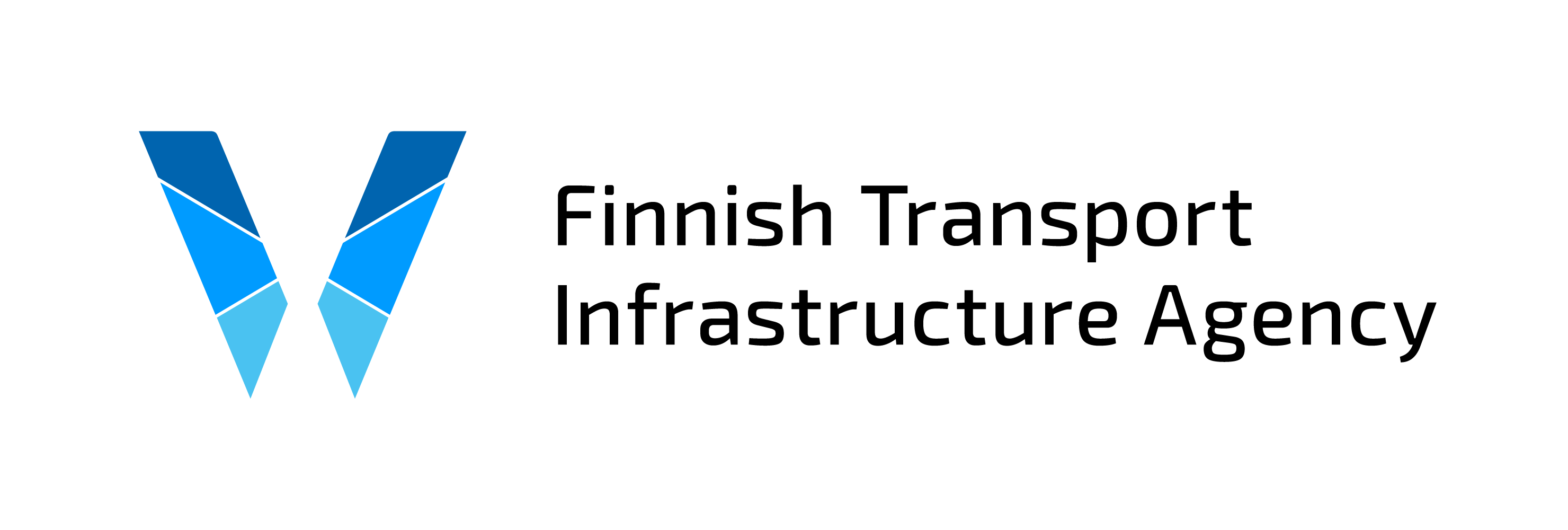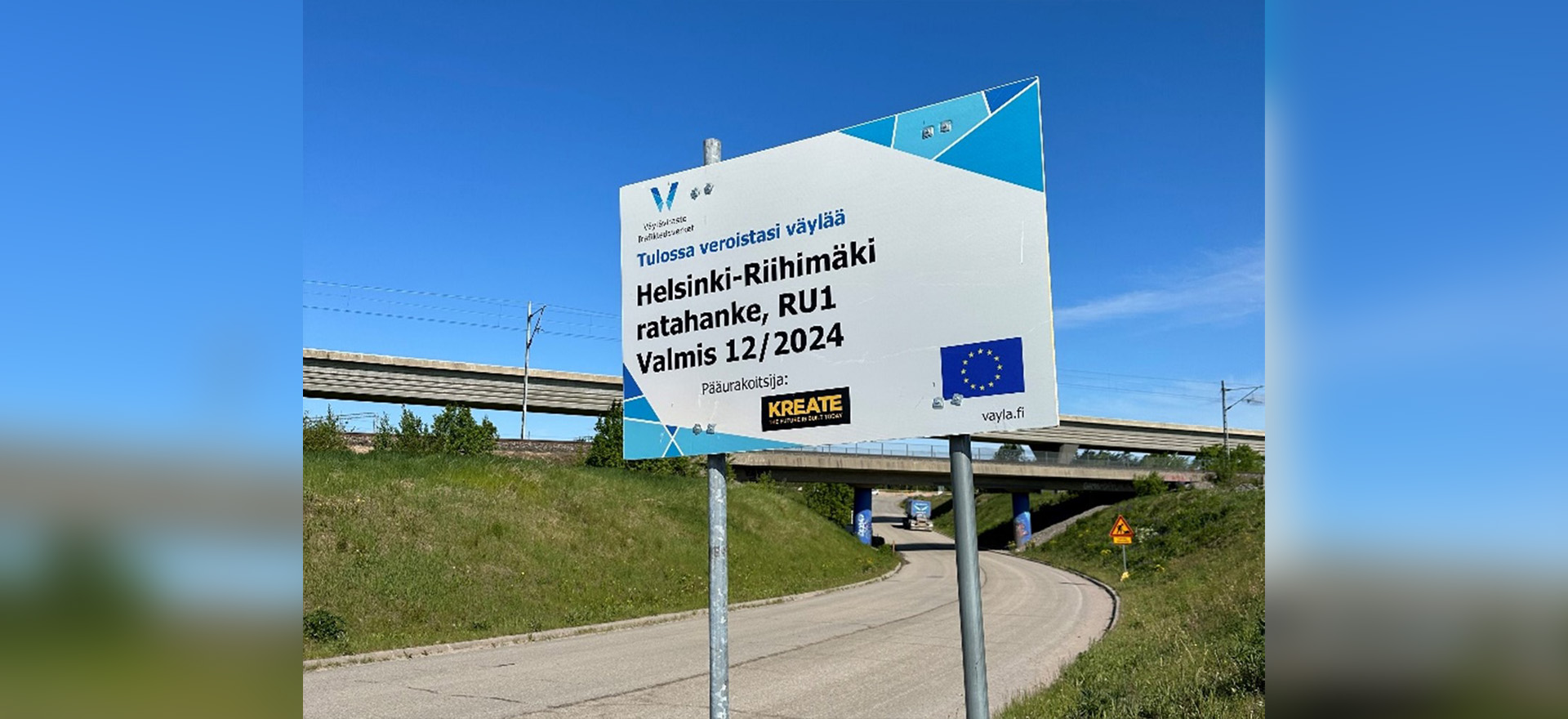Largest one-off sum of funding in Finland
A total of EUR 40.34 million has been granted for the construction of the second phase of the Helsinki-Riihimäki rail project between 2023 and 2027. This is the largest one-off sum of CEF funding received in Finland. The project had previously received CEF funding for construction planning, so the total amount of granted support is EUR 47 million. There is now an application pending for the construction planning of the Hyvinkää-Riihimäki freight track, which is included in phase 3 of the project.
“When applying for funding, projects are assessed on several criteria. Important factors include any national funding the project has received previously, the impact of the project specifically from the perspective of the trans-European transport network, and its location. The application itself was nearly a hundred pages long”, Riitta Parviainen says.
The development of the railway project will also contribute to the green transition, as transport becomes more and more focused on the tracks. This supports the European Union’s environmental objectives and the sustainable development of transport.
Funding generates new work
One way that citizens become aware of the funding from CEF is seeing the EU flag at the corner of worksite information boards and in other communication materials. A project receiving CEF funding generates a wide range of work and impacts on daily activities.
Piia Jokihaara explains that, for a project engineer, received funding is especially evident in work related to finance and project management. “A project can have several sources of funding, and all of them have different milestones and reporting cycles. In our everyday work, one place where we deal with CEF funding is in the financial administration of a project”, Jokihaara explains.
Funding applications are submitted at a relatively early stage of a project, which highlights the importance of planning in advance. For applications, it is necessary to strike a balance between the fact that planning is still ongoing, but having to commit to certain things in the application.
“Receiving CEF funding shows that a project is important, and I feel that we also have an obligation to apply for funding for potential projects. Cooperation with our EU contact persons has intensified in recent years and is now more reciprocal, which certainly benefits both sides”, Parviainen summarises.


